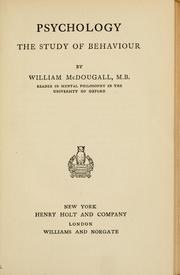
Photo from academic.microsoft.com
Dreams about the COVID-19 pandemic were collected from 2,888 dreamers via an online survey and compared to normative dreams from an earlier period A total of 9 categories of emotions… Click to show full abstract
Dreams about the COVID-19 pandemic were collected from 2,888 dreamers via an online survey and compared to normative dreams from an earlier period A total of 9 categories of emotions and body concerns from the Linguistic Inquiry and Word Count (LIWC) were utilized As predicted by the continuity hypothesis of dreaming, women showed significantly lower positive emotions in their dreams and higher rates of negative emotions, anxiety, sadness, anger, body content, references to biological processes, health, and death For male respondents, the predicted higher score for the LIWC variable health was the only one significant at as high a level as for women LIWC positive emotions, negative emotions, anxiety, and death were elevated in the predicted direction at lower significance levels than the effects for women The variables anger, sadness, and body did not differ for men between the pandemic dreams and the normative sample Results are discussed in terms of the continuity hypothesis both for distress and specific concerns of both groups and in light of the higher rate of many stressors for women versus men during the pandemic
Journal Title: Dreaming
Year Published: 2020
Link to full text (if available)
Share on Social Media: Sign Up to like & get
recommendations!